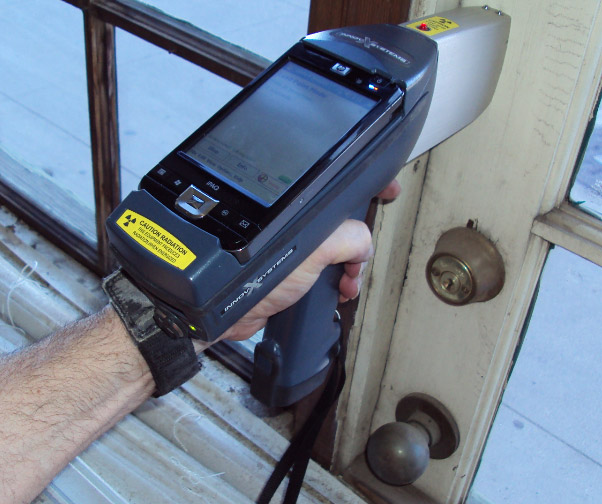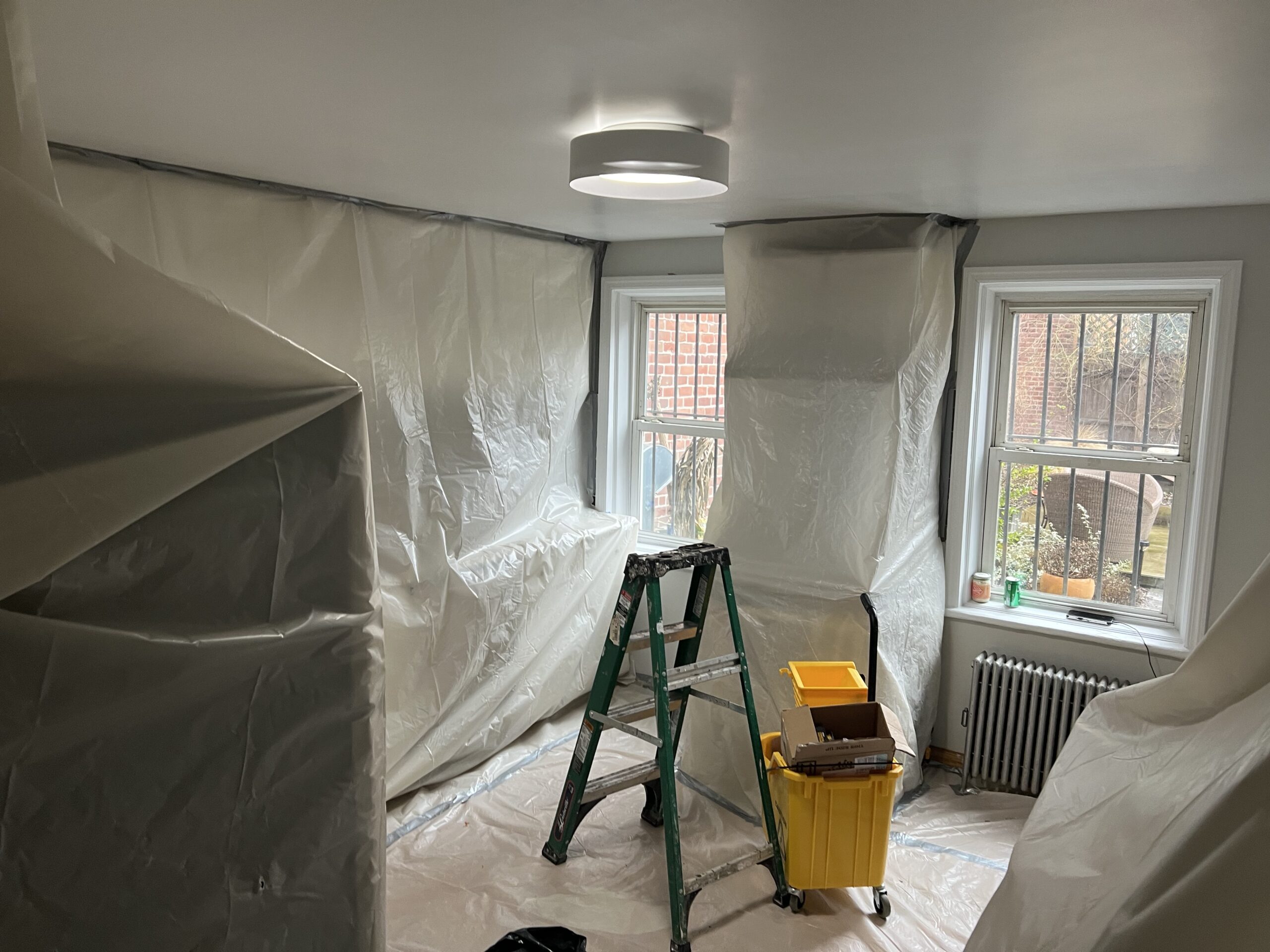Comprehensive Lead Paint Removal Service in NYC-- Accredited and Qualified
Comprehensive Lead Paint Removal Service in NYC-- Accredited and Qualified
Blog Article
Comprehensive Overview on Effective Lead Violation Removal Methods
In the world of ecological safety, resolving lead infractions demands a thorough and structured approach. This thorough guide starts by highlighting the important initial actions of determining lead hazards with advanced analysis and testing approaches. The guide specifies on the significance of sticking to strict security methods during the elimination process, consisting of the use of appropriate PPE and separating impacted locations.
Identifying Lead Dangers
Recognizing lead hazards is a critical very first action in reducing the risks connected with lead direct exposure. Lead, a hazardous metal, can be existing in different environmental tools, including paint, soil, water, and dust.
The preliminary stage in identifying lead dangers involves recognizing common lead resources within the constructed environment. Frameworks built before 1978 are specifically prone due to the prevalent use lead-based paint during that duration. Additionally, dirt contamination can occur from deteriorating outside paint, industrial exhausts, or historic usage of leaded fuel.
Another substantial resource is lead piping and pipes fixtures, which can leach introduce alcohol consumption water. Durable goods such as playthings, porcelains, and imported items may likewise have unsafe lead degrees. Significantly, work environments and leisure activities involving lead can track impurities into homes.
Evaluation and Screening
When addressing lead risks, effective analysis and screening are paramount. This vital action makes sure the recognition and metrology of lead visibility, consequently assisting succeeding remediation initiatives. Preliminary analysis typically includes an aesthetic inspection to recognize potential lead resources, such as degrading paint or contaminated dirt. This is complemented by even more rigorous screening approaches to ascertain the degree of contamination.

Dirt wipe sampling is another essential technique, especially in household settings. By collecting samples from floorings, windowsills, and various other surface areas, this method offers insights right into possible direct exposure risks. Soil testing around building perimeters is important to discover lead contamination that might present dangers, specifically to kids.
Safe Elimination Treatments
Upon finishing complete analysis and screening, carrying out risk-free removal procedures is the next critical stage in resolving lead threats. This procedure makes sure that lead-contaminated products are efficiently and safely eliminated, reducing risk to both employees and homeowners. The initial step involves isolating the damaged area using plastic sheeting and correct sealing techniques to avoid the spread of lead dirt.
Workers must wear proper personal safety devices (PPE), including respirators, handwear covers, and non reusable coveralls, to reduce direct exposure. Utilizing specialized tools and damp techniques, such as wet fining sand or using HEPA-filtered vacuum cleaners, minimizes the dispersion of lead fragments. It is important to avoid completely dry sanding or unpleasant blasting, as these approaches can produce harmful lead dirt.
Waste disposal is an additional important part; all polluted products should be firmly nabbed and classified according to EPA and regional laws. Furthermore, thorough cleansing of the job area with HEPA vacuum cleaners and wet wiping makes certain the removal of recurring lead particles.
Post-Removal Confirmation

Verification of effective lead elimination, known as post-removal verification, is vital to make sure the safety and security and habitability of the remediated location. This examination ensures that all known sources of lead have actually been resolved and that no noticeable indicators of contamination continue to be.
Adhering to the aesthetic assessment, ecological sampling is carried out. This involves collecting dust, dirt, and occasionally water examples from the remediated location. Certified labs evaluate these samples to gauge lead degrees, guaranteeing they fall below the safety and security limits established by regulatory bodies such read this as the Environmental Protection Company (EPA)
On top of that, air top quality testing may be performed to detect air-borne lead bits, especially in cases where considerable lead-based paint elimination or remodelling has taken place. The results of these examinations give quantitative data validating that the lead levels are within permissible restrictions.
Eventually, post-removal confirmation functions as a vital checkpoint, validating the performance of the lead abatement initiatives and protecting the health of passengers and visitors.
Safety Nets and Upkeep

A crucial preventive procedure includes using lead-safe licensed professionals for any kind of remodelling, fixing, or painting tasks. These experts are trained in methods that minimize lead dust and debris. Additionally, preserving colored surface areas to stay clear of breaking or peeling is essential, as degrading paint can launch lead particles into the setting.
Educational initiatives targeting homeowner and renters pertaining to the dangers of lead and the significance Continued of reporting any type of possible hazards can even more improve preventative initiatives. Regular cleansing using HEPA vacuums and damp wiping strategies can significantly decrease lead dust build-up.
Final Thought
In recap, reliable lead offense elimination necessitates a meticulous method including complete analysis, specific screening, and rigorous elimination treatments. Ensuring safety through proper seclusion and individual safety tools continues to be extremely important. Post-removal confirmation using ecological tasting and air high quality testing validates compliance with established safety criteria. In addition, recurring examinations and upkeep are vital to alleviate future lead risks, thus safeguarding public health and making certain continual compliance with regulatory needs.
Report this page